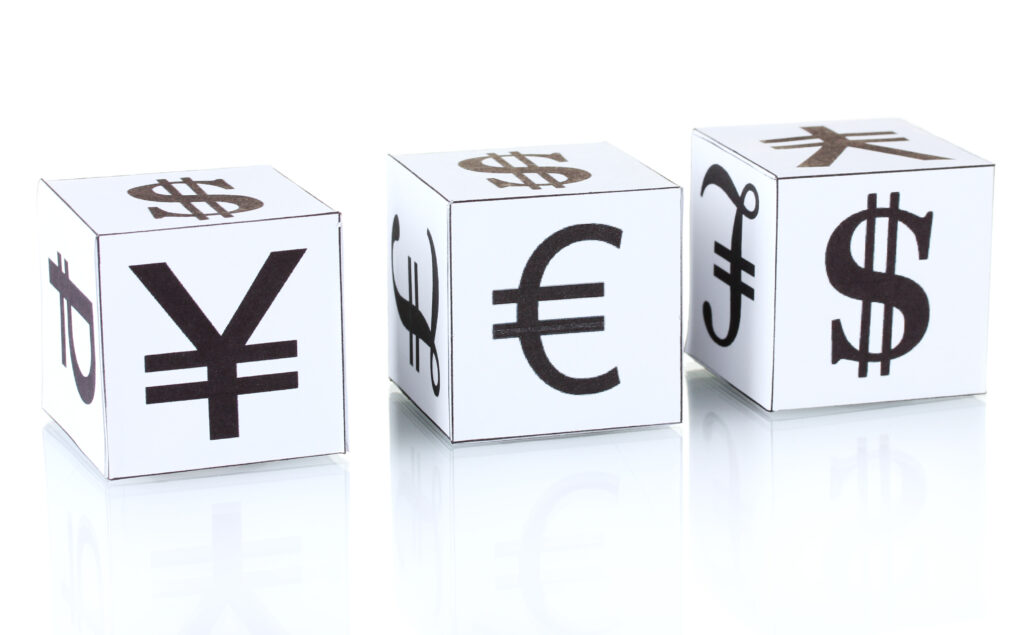Risk-Free Arbitrage.
Bank Forex dealers are the prominent participants in Forex triangular arbitrage. Currency arbitrage keeps prices in related currency pairs in equilibrium. Therefore, if the prices in three corresponding currency pairs that are codependent become misaligned, an arbitrage opportunity presents itself. Triangular arbitrage is free from market risk because all the related trades are executed almost simultaneously. No long-term currency positions are held as part of this arbitrage strategy.

Forex Arbitrage Example.
For example, if the USD/YEN rate is 110, and the EUR/USD rate is 1.10, the implied EUR/YEN rate is 100 Yen per Euro. At certain times, the implied rate obtained from two related exchange rates is substantially different than the actual rate of the third currency pair. When this happens, traders can do triangular arbitrage by taking advantage of the difference between the real exchange rate and the implied exchange rate. For example, suppose that the implied EUR/YEN rate obtained from the EUR/USD and the USD/YEN rates is 100 Yen per Euro, but the actual EUR/YEN rate is 99.9 Yen per Euro. Forex arbitragers could buy Yen 99.9-million for Euro 1-million, buy Euro 1-million for US dollar 1.100-million, and buy US dollars 1.100-million for YEN 100-million. Following the three trades, the arbitrager would have Yen 0.100-million more Yen, about US dollars 1.0-thousand, than when they started.
Currency Arbitrage Causes Rates to Adjust.
In practice, the pressure put on Forex prices by currency arbitragers causes Forex rates to adjust so that further arbitrage would be unprofitable. In the above example, the Euro would appreciate relative to the yen, the US dollar would appreciate relative to the Euro, and the yen would appreciate relative to the US dollar. As a result, the implied EUR/YEN rate would fall while the actual EUR/YEN rate would fall. If prices did not adjust, arbitragers would become infinitely wealthy.
Speed and Low Costs Help Bank Forex Dealers.
Bank Forex dealers are natural arbitragers because they are fast traders and their transaction costs are relatively low. These trades generally present themselves in fast-moving markets when most traders are unaware of the changes in the related currency pairs.
